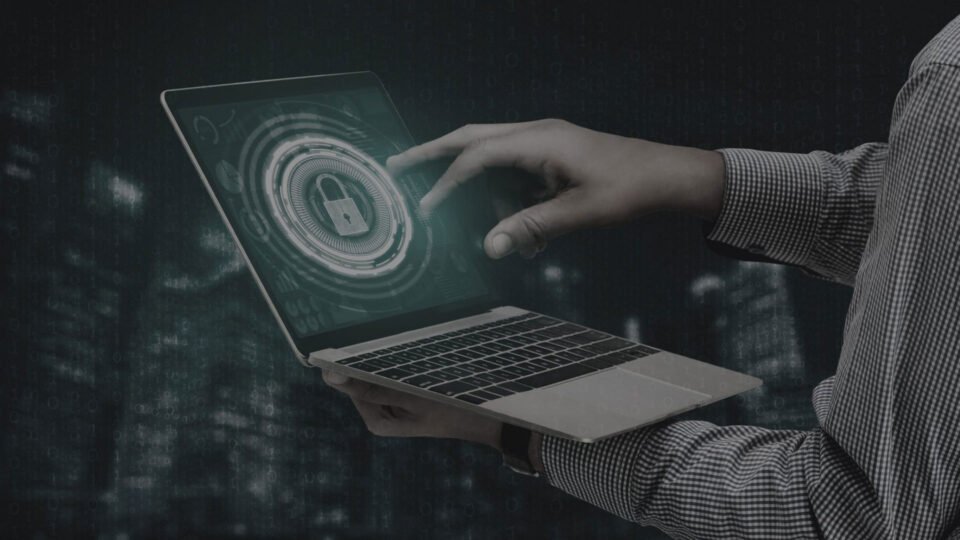Statement from ID.me CEO and Founder, Blake Hall:
“We are committed to ensuring everyone can verify their identity online and use it to access essential services. ID.me combines best-in-breed 1:1 face match technology with video chat agents available as backup. We remain the only digital identity verification service certified against the National Institute of Standards and Technology (NIST) guidelines to offer three ways to verify your identity, including automated self-serve, live video chat, and in-person processes. Our 1:1 face match is comparable to taking a selfie to unlock a smartphone. ID.me does not use 1:many facial recognition, which is more complex and problematic. Further, privacy is core to our mission and we do not sell the personal information of our users.”
Equal access to services is a commitment we take seriously at ID.me. As a provider of digital identity to 70 million Americans, 10 federal agencies, 30 states, and 540 companies, ID.me is fully committed to ensuring equitable access through our “No Identity Left Behind” initiative. For the most equity-enhancing remote identity verification, ID.me combines best-in-breed 1:1 face match algorithms with human-in-the-loop relief valves.
Many government agencies rely on credit bureaus and/or data brokers alone to verify identity for access to online services. These solution providers leave many groups behind. ID.me is the only digital identity verification service certified against the National Institute of Standards and Technology (NIST) to offer three pathways to verification:
- Self-service – Approximately 90% of individuals who verify their identity with ID.me online do so in minutes via the self-service flow.
- Video chat – For the 10% who need additional assistance, ID.me provides a video chat with an agent called a “Trusted Referee.” Video chat verification enables online access for individuals who have previously been left behind by data broker solutions and credit bureau-centric approaches, such as homeless users, people without credit history, and those who live overseas. Users with technical issues may enter this flow, too. This capability is particularly important for Black and Latino communities. Despite representing 32% of the US population, Black and Latino households represent 64% of the country’s unbanked households according to BCG.
- In-person verification – ID.me has partnered with Sterling to provide over 650 in-person identity verification locations throughout the country.
- Multiple languages – In addition, ID.me provides accessibility in 13 languages for multi-factor authentication (MFA) and signup, nine languages for self-serve, and 16 languages for video chat.
In order to comply with NIST identity guidelines, ID.me incorporates face-matching technology. 1:1 face match is comparable to the technology used to unlock a smartphone. ID.me does not use 1:many facial recognition, which is more complex and tied to surveillance applications.
- 1:1 face match is widely adopted and is a mandatory control per NIST SP 800-63-3, the federal government’s standard for consumer authentication for transactions that deal with sensitive information.
- ID.me uses best of breed vendors for face match and face liveness, specifically Paravision and iProov. These vendors have been tested by NIST as part of its Facial Recognition Vendor Test (FRVT) 1:1 testing and also independently tested by NIST accredited laboratories, specifically iBeta. Additionally, ID.me has conducted internal testing to compare empirical results to the NIST and laboratory tests. In all cases, there was no statistically significant difference in the propensity to pass or fail the face match step across demographic groups, including groups with different skin tones, as corroborated by NIST, ID.me, and a state government agency.
- Recently, a state workforce agency completed independent testing on ID.me to look for bias and discrimination. It found no disparate impact on any given demographic group. The state’s findings, which are not yet publicly available, corroborate NIST test results and ID.me internal tests.
- In the few instances where these algorithms cannot complete a verification, individuals are escalated to a Trusted Referee, which acts as a human-in-the-loop relief valve to complement the algorithms.
ID.me is committed to consumer privacy.
- ID.me does not sell the personal information of our users.
- When using an ID.me Login, users can trust that they remain in control over their personal information, and have assurance against the improper or fraudulent use of their personal information being used to access any affiliated sites.
- We have made our Privacy Bill of Rights publicly available here.
To learn more, read the ID.me white paper on promoting access, equity, and inclusion with artificial intelligence (AI) and digital identity and Calculating the Road to Losing $400 Billion, and view this panel hosted by the White House Office of Science and Technology Policy.
For more such updates and perspectives around Digital Innovation, IoT, Data Infrastructure, AI & Cybersecurity, go to AI-Techpark.com.

